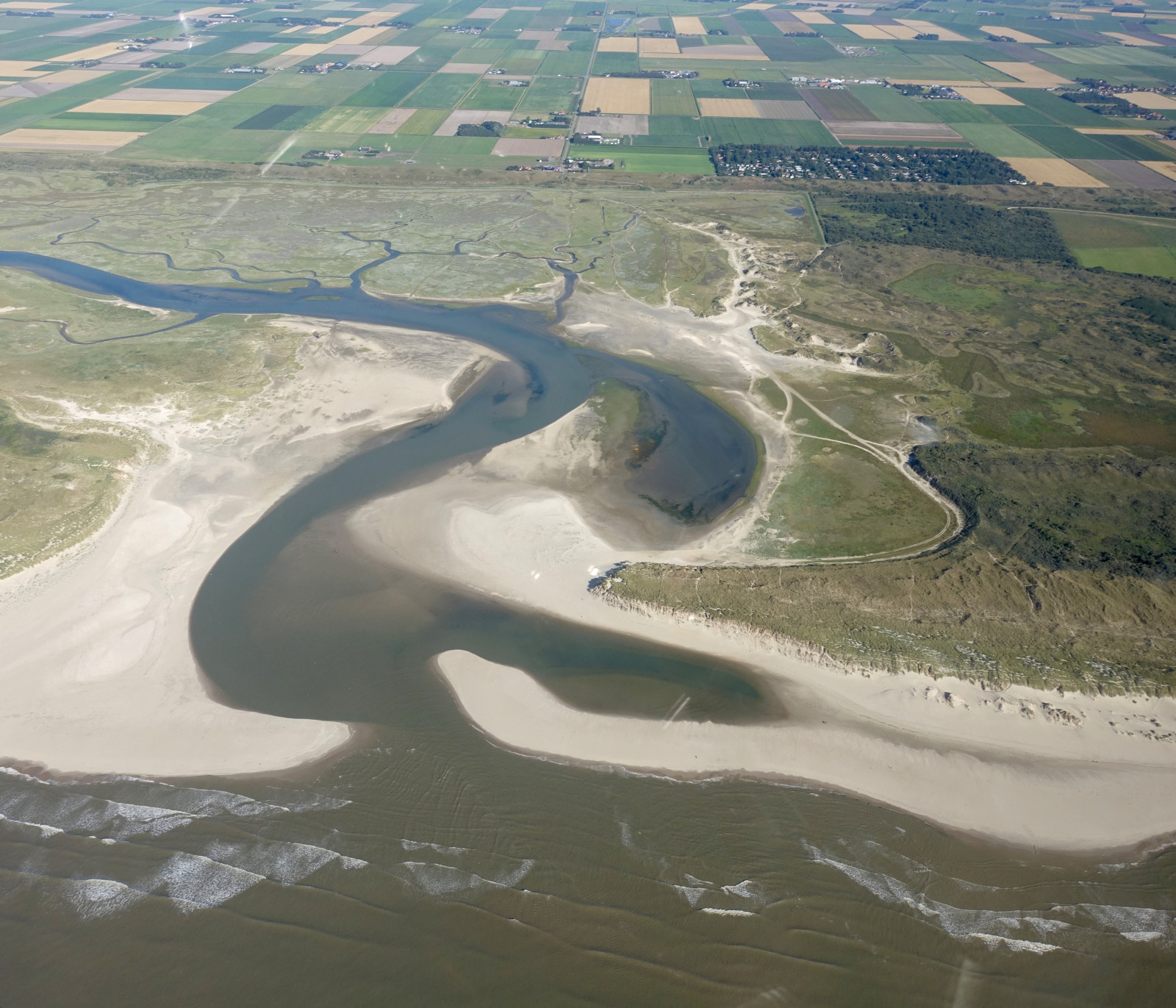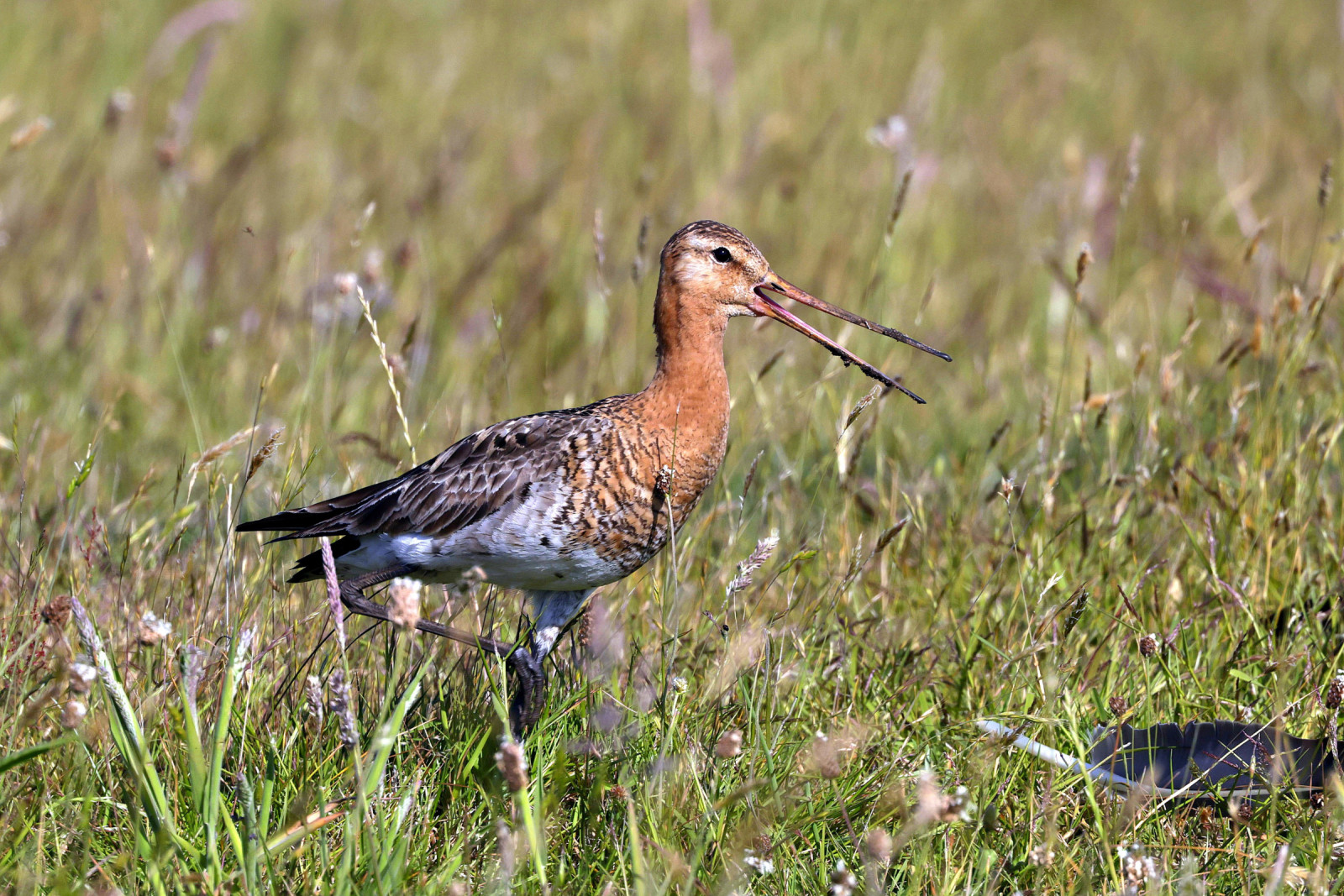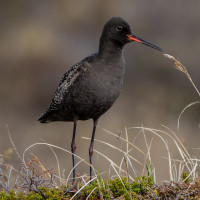Beschreibung
De Slufter on the Wadden Sea island of Texel is a unique inland tidal marsh which is great for birdwatching. Many ducks like Spießente, Schellente and Eiderente can be found here, waders like Alpenstrandläufer, Knutt, Kiebitzregenpfeifer, Goldregenpfeifer, Dunkler Wasserläufer, Kampfläufer, Pfuhlschnepfe and others will rest here, while a variety of raptors, like Kornweihe, Rohrweihe, Mäusebussard, Raufußbussard, Wanderfalke, Turmfalke, Sperber, Habicht and Merlin, comes by to find them.
_________________________
Nederlands: De Slufter op Texel is een unieke kwelder die in open verbinding staat met de zee. Het heeft een bijzondere vegetatie en is een veilige haven voor broedende of overwinterende vogels en een rustplek bij vloed. Bij de Slufter kun je geweldig vogels kijken. Veel eenden zoals Spießente, Schellente en Eiderente zijn hier te vinden, steltlopers zoals Alpenstrandläufer, Knutt, Kiebitzregenpfeifer, Goldregenpfeifer, Dunkler Wasserläufer, Kampfläufer, Pfuhlschnepfe en anderen kun je hier zien rusten, terwijl een verscheidenheid aan roofvogels, zoals Kornweihe, Rohrweihe, , Raufußbussard, Wanderfalke, Turmfalke, Sperber, Habicht en Merlin langs kan komen vliegen.
Details
Zugang
There are several entrances, but the main entrance is at the west end of Slufterweg, where you find a large staircase and a wheelchair path. The best entrance is a few kilometres north, at the west end of Oorsprongweg, where you cross the dune over a steep path to find a look-out point.
_________________________
Nederlands: Er zijn meerdere ingangen, maar de hoofdingang is aan de westkant van de Slufterweg, waar je een grote trap en een rolstoelpad vindt. De beste ingang is een paar kilometer naar het noorden, aan de westkant van de Oorsprongweg, waar je het duin over een steil pad oversteekt en een uitkijkpunt is.
Terrain und Habitat
Feuchtgebiet , Schlammflächen , Dünen , TalBedingungen
Sumpfig , Kein Schatten , Hochwasser möglich , Offene Landschaft , FlachRundweg
JaIst ein Spektiv nützlich?
Möglicherweise hilfreichGute Beobachtungszeit
GanzjährigBeste Beobachtungszeit
Winter , Sommer , Frühjahrszug , Herbstzug , Herbst , FrühjahrRoute
unbefestigte StraßeSchwierigkeitsgrad der Tour
DurchschnittlichErreichbarkeit
zu Fuß , RollstuhlBeobachtungshütten oder -türme
JaZusätzliche Informationen
In spring, there is usually a flock of Löffler. The raptors are numerous, especially in winter, and the north entrance is especially good to find the rare Kornweihe, in a hunt if you're lucky!
_________________________
Nederlands: In het voorjaar kun je er meestal een groepLöffler zien. De roofvogels zijn talrijk, vooral in de winter, en de noordelijke ingang is vooral goed om de zeldzame Kornweihe te vinden, als je geluk hebt!
Photo Slufter by Luka Peternel, CC BY-SA 4.0, https://creativecommons.org/licenses/by-sa/4.0, via Wikimedia Commons.





